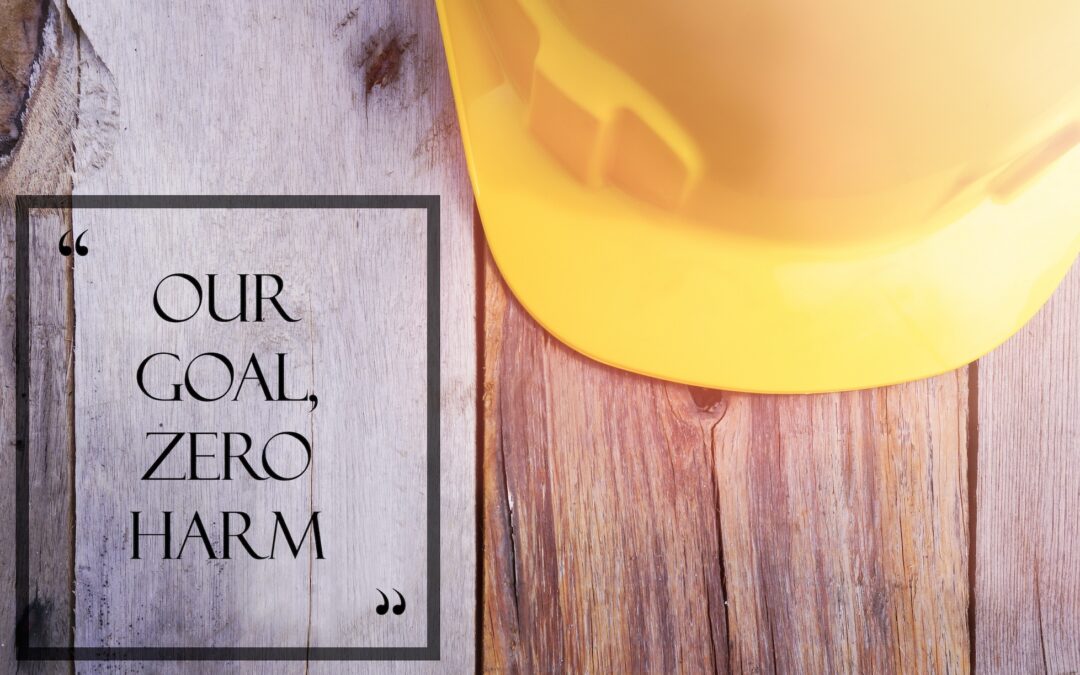It is the company’s responsibility to provide a safe working environment for its employees. Ensuring safety begins with establishing and implementing a company safety policy that focuses on providing safe and healthy working conditions. It is important to conduct a workplace risk assessment to identify hazards that have the potential to cause harm in establishing a safety- conscious culture and “Zero Harm” workplace. When creating a safety culture, management and employees should work together to ensure no worker is exposed to potential harm.
Discussion Points:
• Establish and implement a company safety policy
• Create a safety culture to minimize the risk of potential injury and illness
• The “Zero Harm” workplace or low-risk jobsite concept is achievable
• “Zero Harm” concept requires: Risk assessment, training, communication, and accountability
• Celebrate success
Discussion:
A typical workplace is one that focuses on meeting deadlines and high production goals, sometimes taking short-cuts to meet criteria and high profitability, at the cost of worker safety. The “Zero Harm” workplace or low-risk jobsite ensures workers complete each task efficiently with little exposure to potential harm, with no pressure to bend or break safe work procedures
when performing job tasks. Developing a safety culture that supports this idea will assist the company and employees in making better choices when it comes to workplace safety.
The “Zero Harm” concept can be somewhat controversial. Many people see the concept as unrealistic and offering empty promises. How can there be “Zero Harm” in the workplace when the risk of injury is always possible? The term “Zero” is actually more of a philosophical concept rather than a defining number. The “Zero Harm” concept aims to make the work environment as safe as possible, and a belief among the employer and employees, that “Zero Harm” or zero
incidents is achievable. Success in achieving a “Zero Harm” mindset requires an understanding of the importance of a risk assessment to identify and eliminate potential job hazards, training, communication, implementing safe work strategies that ensure a safe workplace, and a commitment by management and employees to take responsibility for their actions. The focus should be on making safety a priority. It is never acceptable to take a safety shortcut. Encourage responsibility and accountability, and celebrate success for positive results and a job well done.
As always, stay safe out there!


Recent Comments